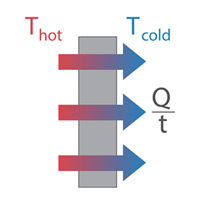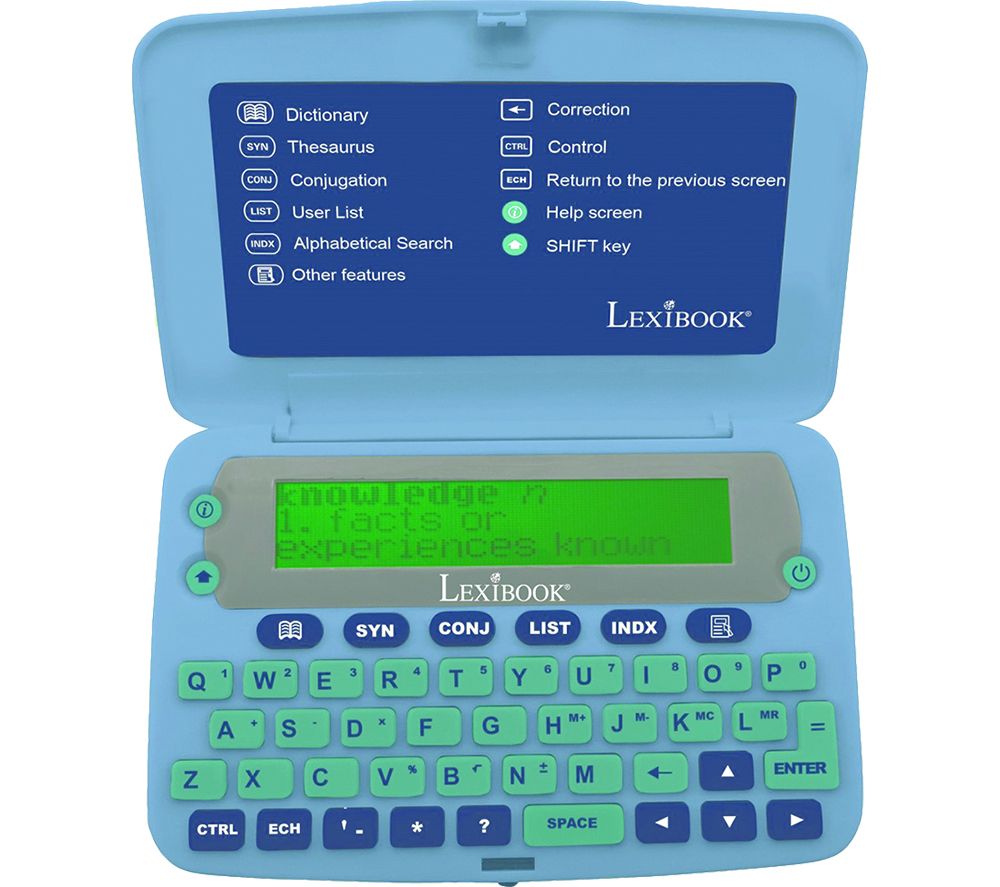This function calculates a child’s age and indicates the ASQ-3 and ASQ:SE-2 questionnaire intervals. To use, enter the questionnaire administration date, the child’s birth date, and the number of weeks premature. To determine weeks premature, subtract the child’s gestational age when born from 39 weeks (full-term pregnancy). Jul 08, 2021 If you changed your withholding for 2019, the IRS reminds you to be sure to recheck your withholding at the start of 2020. A mid-year withholding change in 2019 may have a different full-year impact in 2020. Factorio calculator, Dyson Sphere Program calculator, and Satisfactory calculator. Determines resource and factory requirements for desired output products. This free ratio calculator solves ratios, scales ratios, or finds the missing value in a set of ratios. It can also give out ratio visual representation samples. Learn more about the everyday use of ratios, or explore hundreds of other calculators addressing the topics of math, fitness, health, and finance, among others.
The Concrete Calculator estimates the volume and weight of concrete necessary to cover a given area. Purchasing slightly more concrete than the estimated result can reduce the probability of having insufficient concrete.
Slabs, Square Footings, or Walls
Hole, Column, or Round Footings
Circular Slab or Tube
Curb and Gutter Barrier
Stairs
Concrete is a material comprised of a number of coarse aggregates (particulate materials such as sand, gravel, crushed stone, and slag) bonded with cement. Cement is a substance that is used to bind materials, such as aggregate, by adhering to said materials, then hardening over time. While there are many types of cement, Portland cement is the most commonly used cement, and is an ingredient in concrete, mortar, and plasters.
Concrete can be purchased in multiple forms, including in 60 or 80-pound bags, or delivered in large amounts by specialized concrete mixer trucks. Proper mixing is essential for the production of strong, uniform concrete. It involves mixing water, aggregate, cement, and any desired additives. Production of concrete is time-sensitive, and the concrete must be placed before it hardens since it is usually prepared as a viscous fluid. Some concretes are even designed to harden more quickly for applications that require rapid set time. Alternatively, in some factory settings, concrete is mixed into dryer forms to manufacture precast concrete products such as concrete walls.
The process of concrete hardening once it has been placed is called curing, and is a slow process. It typically takes concrete around four weeks to reach over 90% of its final strength, and the strengthening can continue for up to three years. Ensuring that the concrete is damp can increase the strength of the concrete during the early stages of curing. This is achieved through techniques such as spraying concrete slabs with compounds that create a film over the concrete that retains water, as well as ponding, where concrete is submerged in water and wrapped in plastic.
Thickness range for performance qualification (welder qualification test):


ASME BPVC Section IX has provided guidelines for the thickness range up to which a welder can weld. This can be found in Table – QW 452.1(b) of ASME BPVC Section IX. A simplified version of that table is given below;
According to this table, three important points can be drawn:
- The maximum thickness which a welder can weld is 2T, where T is the thickness of the deposited weld metal on the test coupon by that welder.
- There are no criteria for minimum thickness
- If a welder deposits weld metal of thickness 13 mm or more (with a minimum of three layers) then he/she qualifies for an unlimited thickness, but the maximum thickness which the welder can weld shall not be more than that specified in the WPS range.
Vented Box Calculator
For the range of outside diameter of pipes (Groove weld) for which a welder can weld is also provided in ASME BPVC Section IX. The table which we have to refer to for this is QW 452.3. A simplified version of that table is given below;
From the above table we can conclude that;
- If the outside diameter of the test coupon is less than 25 mm (or 1 inch) then the minimum outside diameter for which the welder gets qualified is the same that of the test coupon and the maximum outside diameter which he can weld is Unlimited.
- For outside diameter, 25 mm (or 1 inch) to 73 mm (or 2-7/8 inch), the minimum Outside diameter for which the welder gets qualified is 25 mm (or 1 inch) and the maximum outside diameter which he can weld is Unlimited.
- If the outside diameter of the test coupon is more than 73 mm (or 2-7/8 inch) then the minimum Outside diameter for which the welder gets qualified is 73 mm (or 2-7/8 inch) and the maximum outside diameter which he can weld is Unlimited.
- One very important point can be observed from this table that ASME BPVC has not given any limitation for the maximum outside diameter, there is the only restriction for the minimum outside diameter of the pipe which a welder can weld.
Thickness range for procedure qualification (Procedure qualification record):

To qualify a proposed Welding procedure specification (PWPS), we need to carry out the procedure qualification which includes the following steps;

- Preparation of test coupon
- welding of test coupon and
- sending it to the lab for destructive test
During the welding of the test coupon, all real-time data is recorded and after a satisfactory lab test report, the welding procedure specification (WPS) gets qualified. It is also called as procedure qualification and all the real-time welding data along-with the lab test report is known as Procedure qualification record (PQR).
Now, we have a thickness limit for procedure qualification too. It means that a particular welding procedure specification (WPS) gets qualified for a particular thickness range and if we have to weld beyond that thickness range then we need a new WPS and procedure qualification.
The thickness range for which a Welding procedure specification (WPS) gets qualified is given in ASME BPVC section IX Table QW 451.1. A simplified version of that table is given below;

From the above table, one can easily find out the thickness range for which a Welding procedure can be qualified or a welding engineer can prepare a welding procedure specification (WPS) accordingly.
Qw Box Calculator
One important point to be noted that for performance qualification (welder qualification) the thickness which is considered is that of the deposited weld metal but in the case of procedure qualification, it is the thickness of the test coupon which is considered.
Also read: How to write a welding procedure specification (WPS)
Also read: P-number, F-number, and A-number in welding
Also read: Welding Defects
Qw Box Calculator Free
Also read: Welding Symbols
Qw Box Calculator For Sale
Note: The purpose of this article is to give basic information to the readers, for terms and conditions (in detail), Please refer to ASME Section IX.